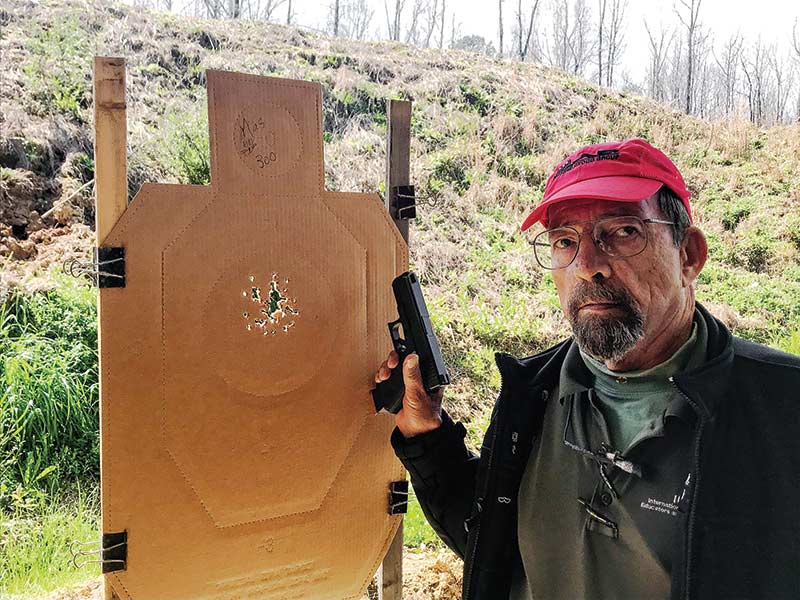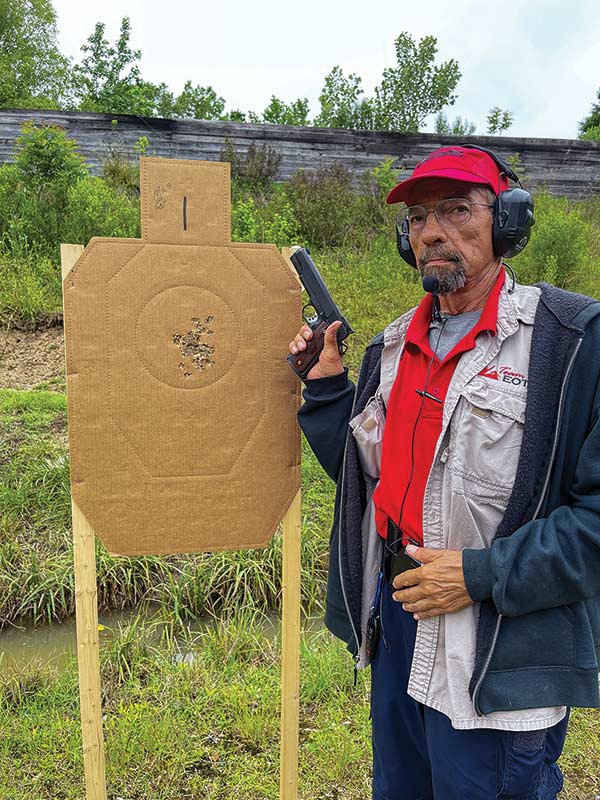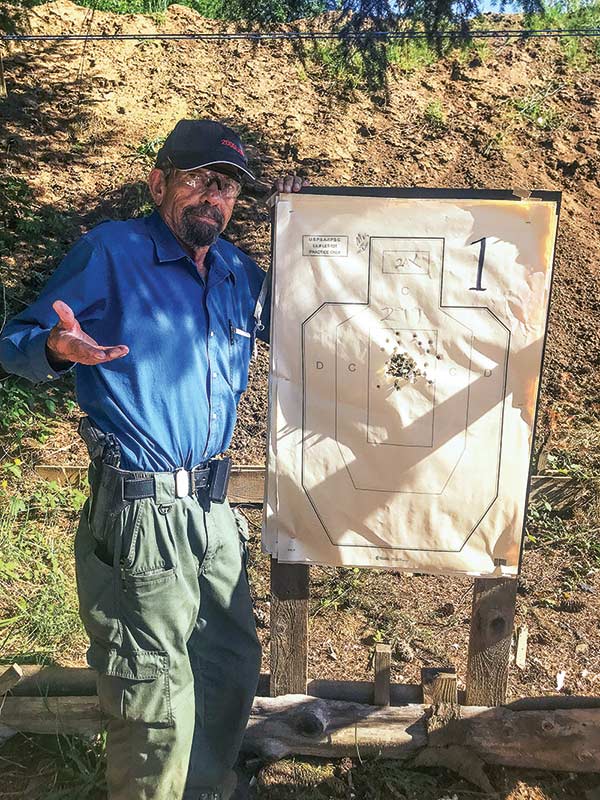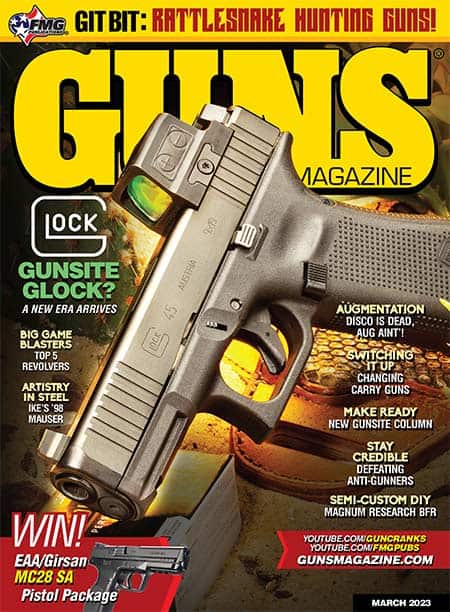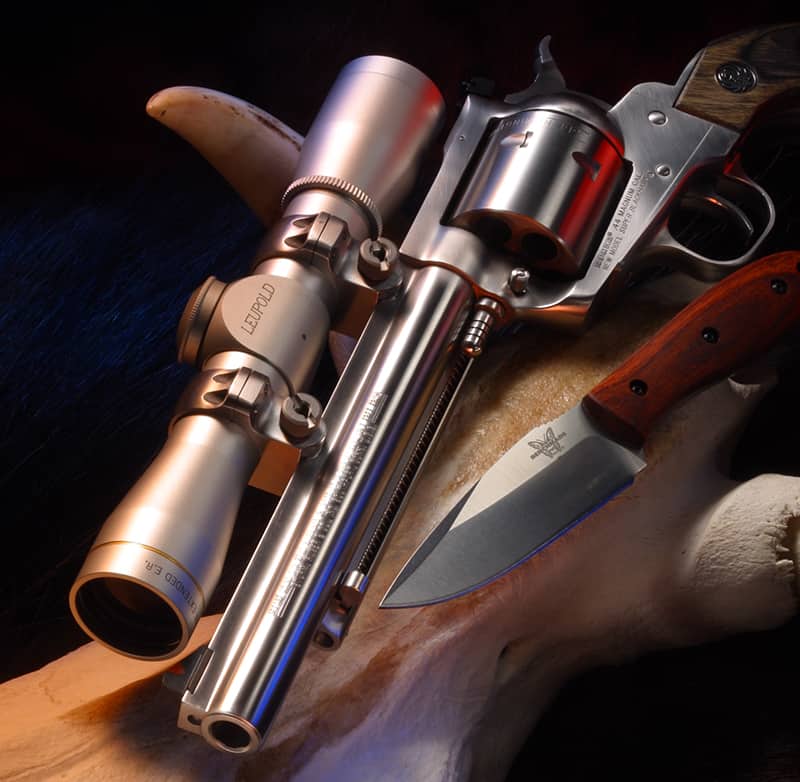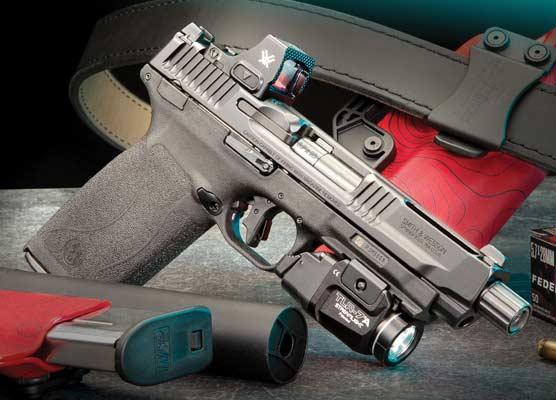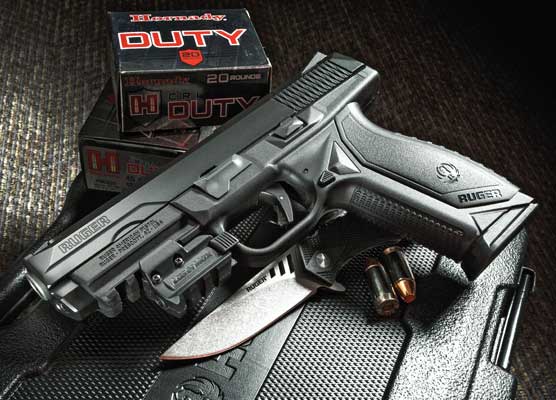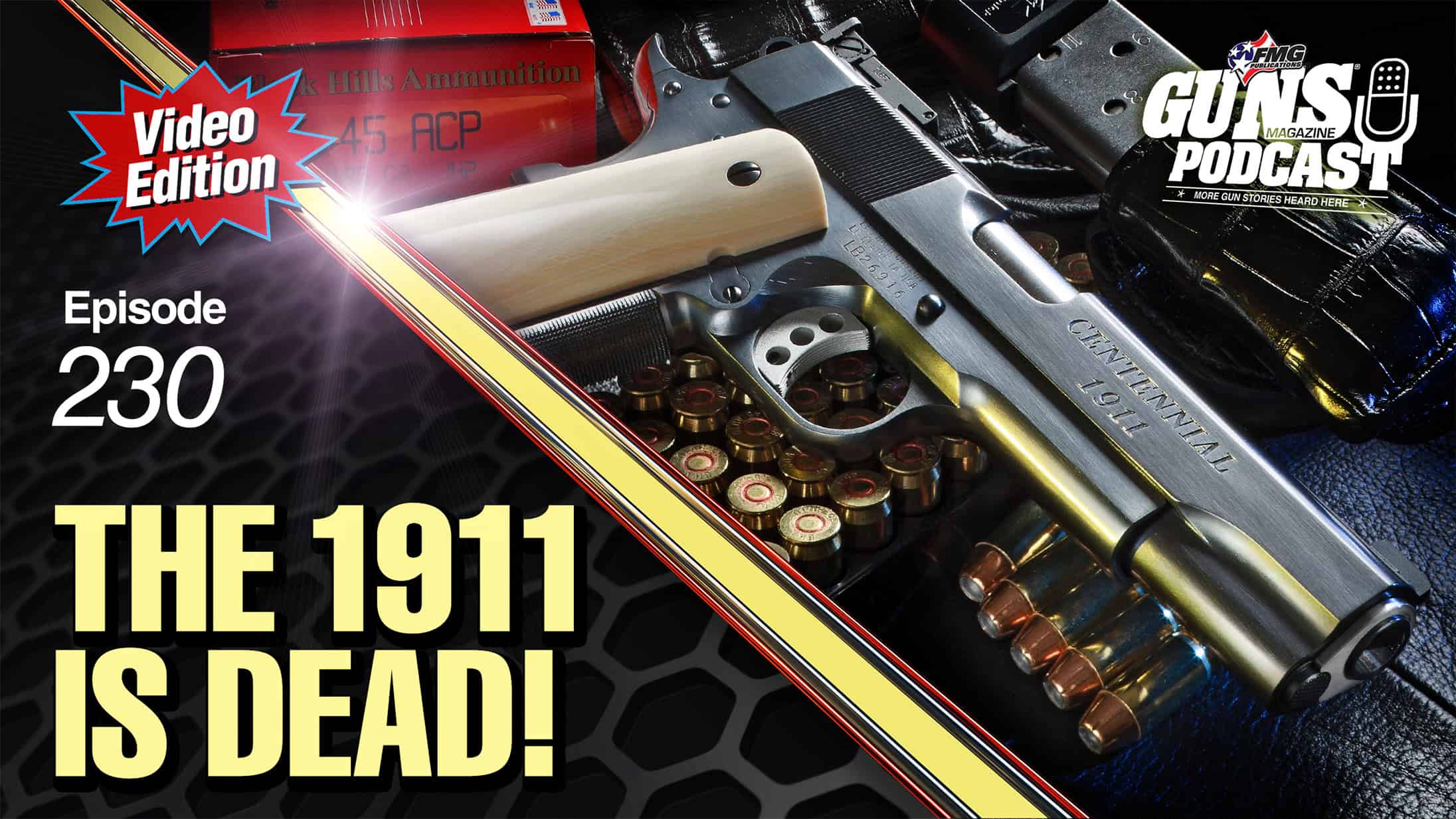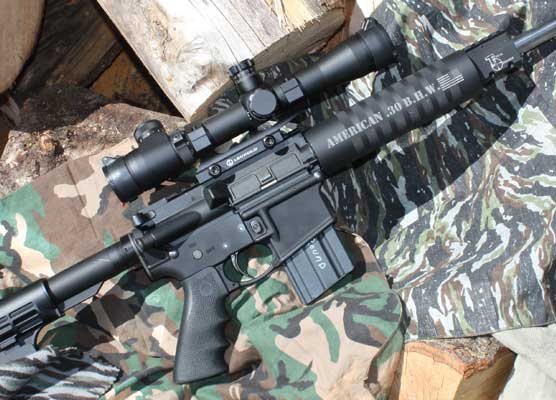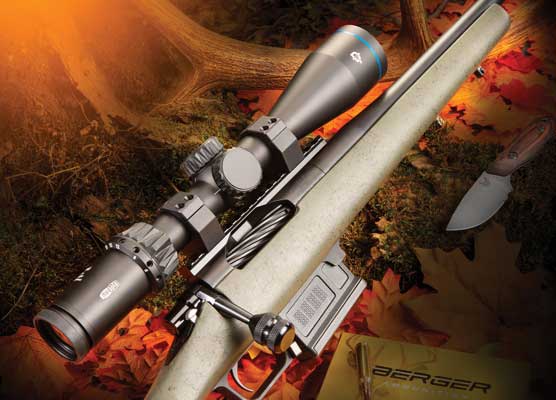Going Between Platforms
Everything Is Possible With Practice!
Switching handgun systems — if you have a good reason — isn’t that hard.
There is a theory to the effect that switching guns can get you killed in a self-defense situation because under stress, your hand might not operate the life-saving emergency rescue tool properly. That may be true of the less experienced user, but I don’t think it’s a problem for someone who shoots regularly.
Back in 1998, when my department adopted and mandated the S&W 4506, I went “all nine-shot S&W Gen 3″ for a few years. The issue .45 on duty and in winter, off-duty; the light, compact .40 caliber 4013 for concealed carry in spring and fall; and the little 3913 9mm to hide beneath an untucked tee or polo off-duty in the summer. Wayne Novak tricked out another 4506 I’d won with a Model 52-like trigger for competition. It worked well, and I always shot with high 45-degree thumbs to guarantee safety off. Never a problem.
This said, when I went back to my old ways as a gun slut celebrant of ballistic diversity, I didn’t find any fumbling or failure to activate safeties or re-set triggers. I get past those issues by shooting everything the same way I shoot the double-action revolvers I prefer as backup guns. Each trigger is allowed to return all the way forward until it stops, guaranteeing re-set without allowing the finger to leave the trigger and thus still eliminating trigger slap. I shoot with the thumb curled down, allowing it to sweep a 1911, P-35, or the spring-loaded lever of an F-series Beretta 92 off-safe naturally.
Striker- Vs. Hammer-Fired
Length of trigger pull and reach, and grip-to-barrel angle, are the big differences here along with pull weight of course. Habituation between the two, if you shoot a lot, is easy. I still shoot competition, though not as much as I used to, and teaching with something like the competition gun makes for logical practice. The teaching/competition gun becomes, of course, my daily carry as well for the period.
For me, first quarter of the year is GLOCK season. The wife and I take mid-December to end of January as sabbatical from teaching, so Jan-Feb is when we can shoot GLOCK matches. I carry GLOCKs, a G30 if I want .45 or a Gen5 G19 in 9mm. I stay GLOCK with the 19 through the end of March, the month when I shoot the Tactical Conference match and the match at ILEETA with issued GLOCK 17s. The light weight of their polymer frames is appreciated in daily carry.
After that the next major match on the schedule is my favorite, The Pin Shoot. Ya need heavy bullets to knock the wooden tenpins three feet back off the table, so I launch 230-grain +P JHP from my favorite pistol for the last 60-some years, the single action 1911 .45 auto. I’m habituated to running the safety, and its slender profile makes it wonderfully comfortable for inside the waistband carry. I’m always confident with a 1911 on. If I have to fly somewhere, given the 11-lb. ammo limit in baggage on commercial aircraft, 115-grain is half the weight of 230-grain for practice/demonstration shooting, so the 1911 will then be a 9mm.
Single- Vs. Double-Action
The third of the main types of pistol my students show up with is the double-action auto, so I need to stay familiar with those. While the SIG feels a little better in my hand, the Beretta 92 seems to perform a tad better on target, so I stay with those. My two Wilson Customs are both compacts and my two Langdon Customs are full size, so the latter are more likely to go to matches while one of the compacts is more likely to be used for work and carry.
I like the safety features of the traditional double-action (TDA) style. Going from the first DA shot to the single-action follow-ups ceases to be a problem with practice and good technique. The latter, by the way, involves the really hard grip I always use anyway, and getting the index finger as close as possible to the “distal joint on face of trigger” for more leverage. Repetition teaches you to de-cock after shooting, just as it teaches you to on-safe the single-action auto at the same pause point.
An excellent shortcut to mastering this platform is carefully watching the videos of Ernest Langdon, who shot his way to championships with the TDA Berettas he masterfully tunes. You’ll find them on YouTube. Start with his three-part series “Fear Not the Double Action Shot.”
Which platform works best for me? My wife maintains it’s the 1911 .45; my shootin’ buddy John Strayer, a Five-Gun Master in IDPA, insists it’s the Beretta; and I personally can’t be sure. All I am sure of is if you maintain regular familiarity combined with appropriate technique, you can make them all work well for you.
